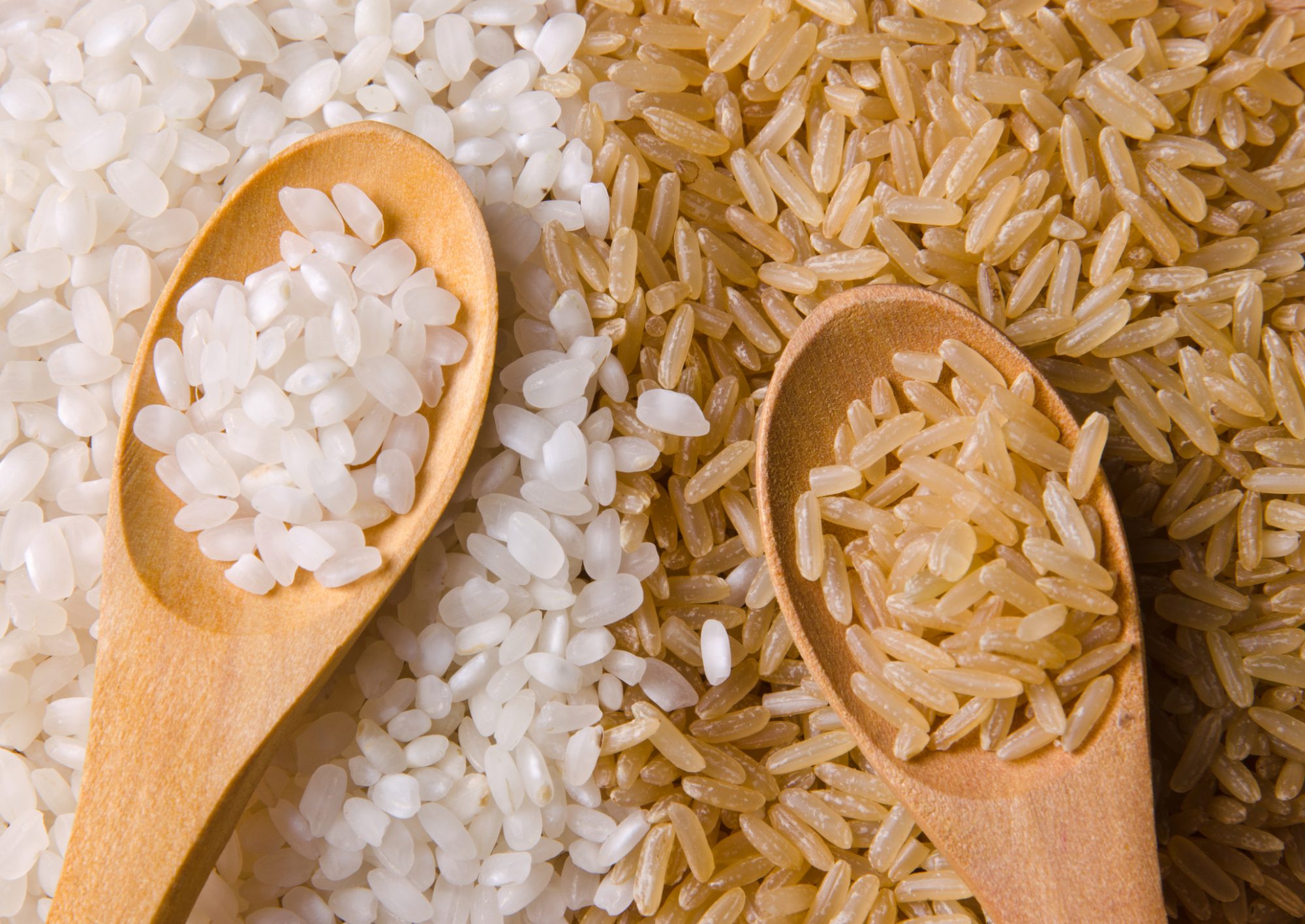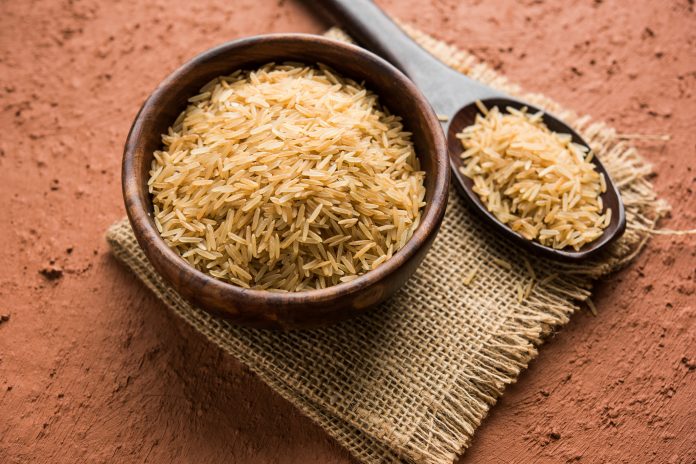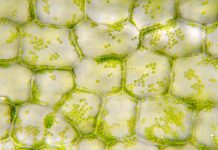Why is brown rice generally more nutritious than white rice? Researchers find that the cell-protecting compound in brown rice is what makes it so beneficial
Brown rice is known to have several health benefits, such as helping to reduce body weight, lower cholesterol, and suppress inflammation.
Researchers find that the ester compound cycloartenyl ferulate is primarily responsible for brown rice’s health-promoting effects.
Brown rice contributes to almost 90% of the world’s rice consumption
Despite previous studies showing that the antioxidant compounds in brown rice can protect cells against oxidative stress, there is little know regarding which major compound contributes towards these beneficial properties.
What is known is the ability of brown rice to neutralize reactive oxygen species and prevent cellular damage is vital to many of its health-promoting effects.
In a recent study, researchers from Japan have identified cycloartenyl ferulate (CAF) as the main “cytoprotective” or cell-protecting compound in brown rice.

What is cycloartenyl ferulate (CAF)?
CAF is a unique compound owing to its hybrid structure. As Professor Nakamura explains, “CAF is a hybrid compound of polyphenol and phytosterol and is expected to be a potent bioactive substance with various pharmacological properties, such as antioxidant effect and blood fat-lowering effect.”
Published in the International Journal of Molecular Sciences, researchers provide evidence of CAF’s antioxidant properties by demonstrating that it can protect cells from stress caused by hydrogen peroxide.
Hydrogen peroxide is a by-product of a cell’s metabolic processes
Although hydrogen peroxide is a by-product of a cell’s metabolic processes, abnormal amounts of the compound can be toxic to cells and cause irreversible damage.
Treatment of cells with CAF increased their resistance to toxic stress induced by hydrogen peroxide.
Overall, CAF provided greater protection from hydrogen peroxide-induced stress compared to alpha-tocopherol and gamma-tocopherol, two other prominent antioxidant compounds that were earlier speculated to be major contributors to the antioxidant capacity of brown rice.
The study found that the amount of CAF in the whole grain of brown rice is five-fold higher than that of other antioxidant compounds found in brown rice. This means the CAF increases the concentration of heme oxygenase-1 or HO-1, an enzyme that facilitates the production of antioxidants.
Naturally occurring health benefits
Professor Nakamura explains: “We demonstrated here that CAF significantly increased the mRNA level of HO-1, the small molecular weight antioxidant-producing enzyme, at concentrations similar to that required for cytoprotective effects in resistance to oxidative damage.
“Our study can help in the development of new functional foods and supplements based on the functionality of CAFs, like CAF-based nutraceuticals.”
“Our study can help in the development of new functional foods and supplements based on the functionality of CAFs, like CAF-based nutraceuticals”
The researchers further explored this mechanism of action through experiments where blocking HO-1 activity using inhibitors reduced the antioxidant effect of CAF considerably. The high abundance and unique mechanism of action are evidence that CAF is the major contributing antioxidant in brown rice.











